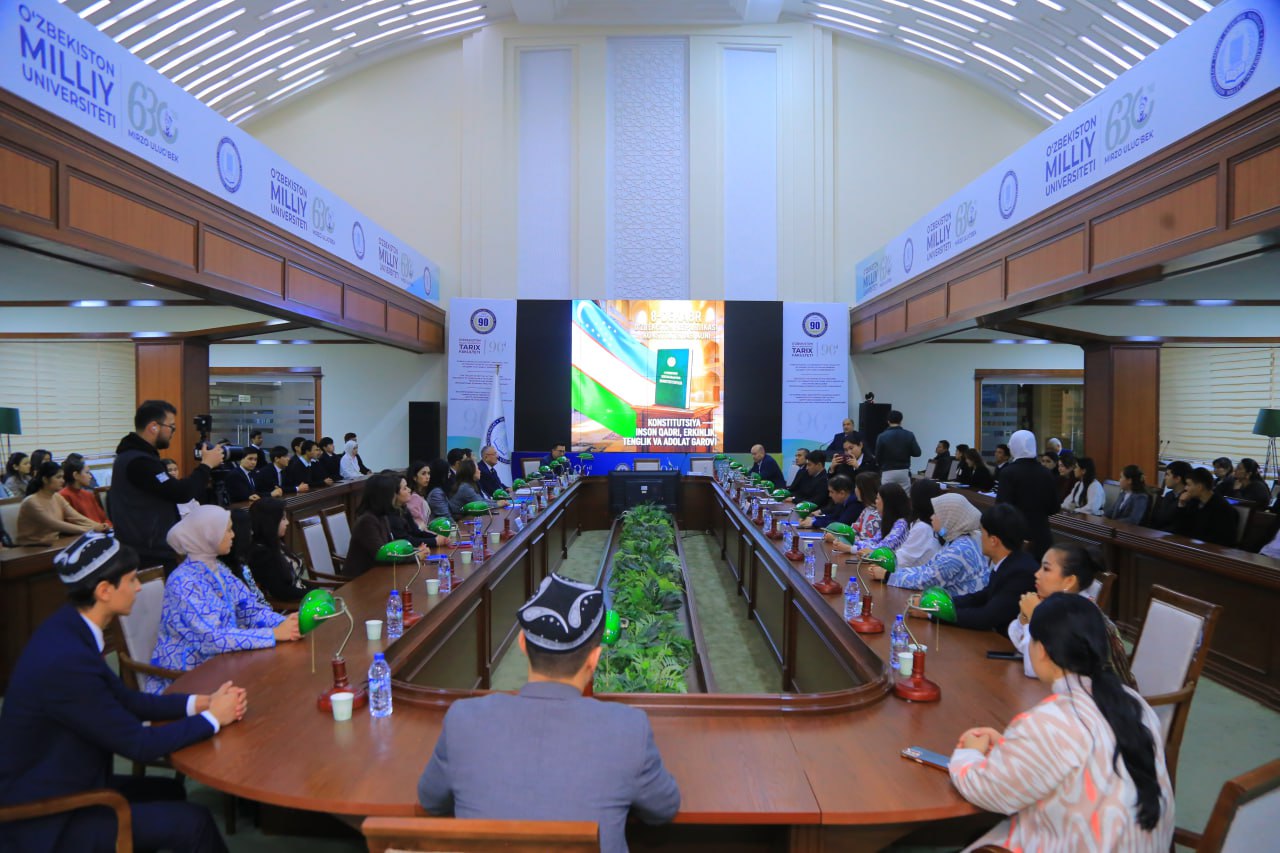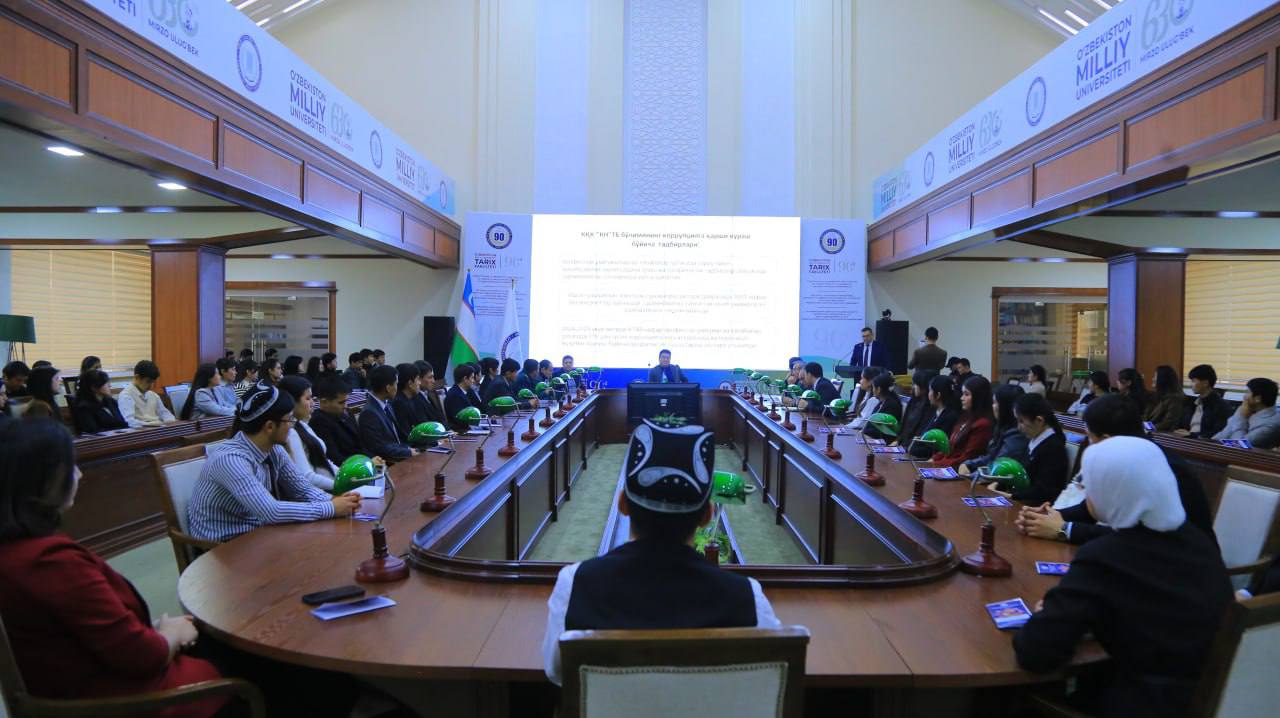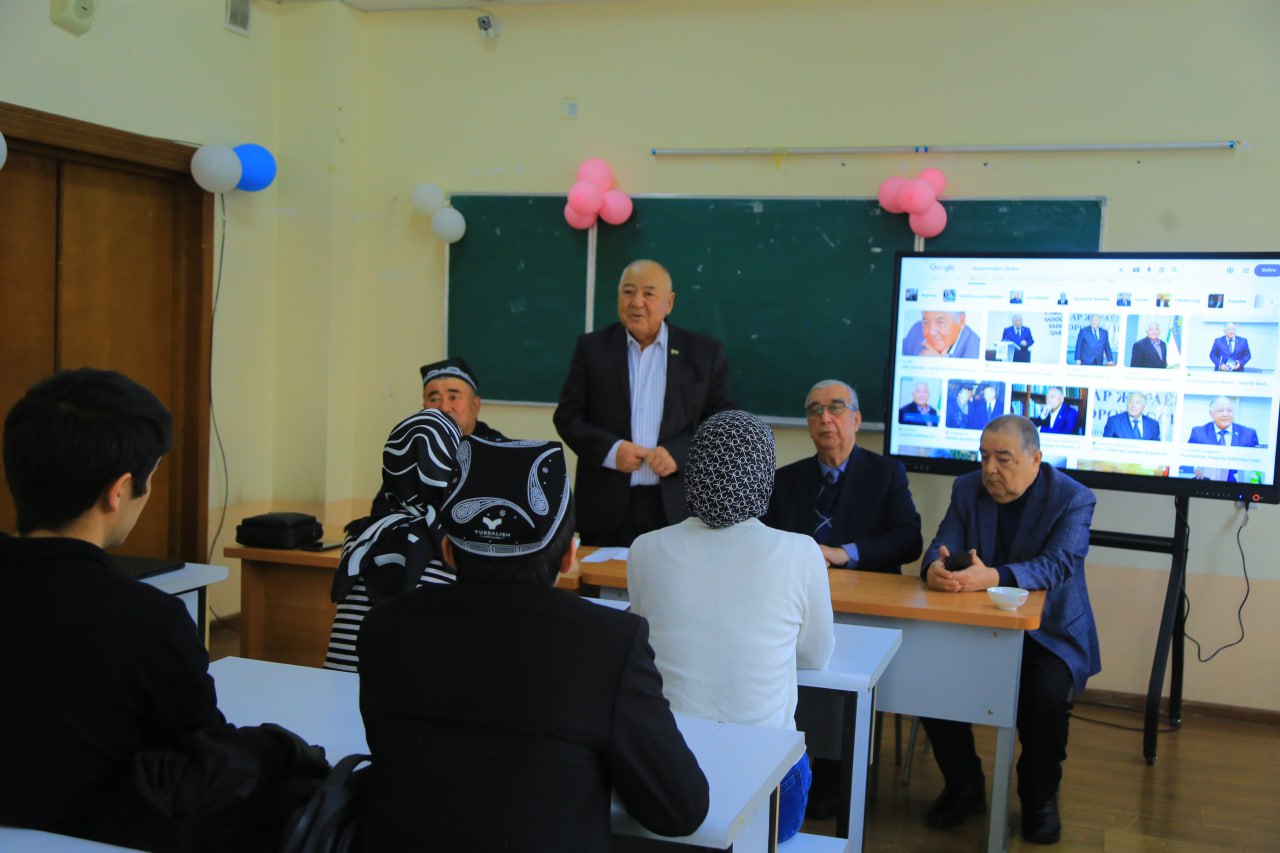Scientific adviser: Nurmanov Suvonqul Erxanovich
Due date: 01.12.2021-31.11.2023
Project code: MRB-2021-538
Project type: Practical
Expected results and their importance: This project “Development of photocatalytic coatings based on metal oxides for water purification from organic pollution” will be aimed at solving the problem of creating a new generation of sorption / photocatalytic materials with a hierarchical structure based on metal oxides by studying the patterns and mechanisms of formation of nanostructures in various inorganic and organic composite materials. systems, establishing correlations between synthesis, structure and properties.
The studies carried out in our republic have shown the possibility of obtaining nanostructured materials with specified special physical and chemical features. The study of the dependence “structure-catalytic properties” in two-phase nanoscale adsorbent/photocatalyst systems based on metal oxides is the most important task of nanotechnology, which opens up new prospects for their practical application. In order to study the structure-property relationship, establishing the relationship “structure-reactivity” and “particle size – electronic structure” will contribute to the purposeful conduct of experimental work.
The aim of the project is to develop a rational technique for the synthesis of porous composite film materials consisting of metal oxide deposited on a ceramic substrate obtained from a polymer precursor. These materials exhibit controlled structures on several scales. Their polyfunctional surfaces represent a new class with surface area enhanced by visible light active photocatalysts.
The currently proposed nanocomposite systems will be fabricated using one-step sol-gel synthesis from multicomponent precursors consisting of an organic phase (synthetic and/or natural polymers), an inorganic phase, and structure-directing agents necessary for morphological control. The main goal of the project is to study the relationship between the synthesis protocol, morphology and macroscopic properties of materials in order to establish control mechanisms allowing the design of monolithic nanocomposites, the properties of which can be adapted to specific application conditions.
The main innovations proposed for development and implementation within the framework of the project, assessment of their fundamental novelty and competitiveness, compliance with environmental and other indicators, as well as the requirements of international standards. During the implementation of this project, photocatalytic coatings will be developed from active micro- and nanostructured materials based on metal oxides for water purification from organic pollution.
The scientific novelty of the research lies in determining the optimal combinations of TiO2, ZnO, СuO and g-C3N4, using the method and temperature-speed modes of their application to obtain optimal coatings for water purification from organic contaminants.Important results achieved during the reporting period (at the end of the project): For 6 months
1. Possible mechanisms of interaction between photocatalytically active micro- and nanostructured materials based on metal oxides during water pollution by organic pollutants are analyzed and the requirements for the composition and structure of materials for optimal use are determined. Starting materials-precursors were chosen.
2. A general description and classification of salts and alkoxides of polyvalent metals, organic templates, etc. was determined. One-stage sol-gel synthesis of metal oxide films (ZnO, TiO2, CuO) with high photocatalytic activity and controlled micro- and nanostructural properties was carried out.
Loyiha doirasida chop etilgan WoS va Scopus bazasidagi xalqaro ilmiy ishlar
- Liudmila Khoroshko, Viktor Borisenko, Petr Baltrukovich, Suvonkul Nurmonov, Olim Ruzimuradov. One-Step Sol-Gel Fabrication of TiO2/(CuO+Cu2O) Photocatalysts. Journal of Sol-Gel Science and Technology. January. 2022. P. 124-140.
- O.A. Shilova , A.S.Kovalenk, A.M.Nikolaev, S.V. Mjakin, A.A.Sinelniko, V.P.Chelibanov, Y.E. Gorshkova, N.V. Tsvigun, O.N.Ruzimuradov. Surface performances and photocatalytic activity of sol-gel derived Tio2@Sio2 core-shell nanoparticles. Journal of Sol-Gel Science and Technology. Issue 2, February 2022. P. 95-102.
- M.P Yunusov, Z.A Teshabaev, E.I Mirzaeva, Kh.A Nasullaev, M.M Ergashev, O.NRuzimuradov, D.Yu Murzin. Effect of protective bed composition on deactivation of a hydrotreating catalyst. Journal of Chemical Technology and Biotechnology (IF3.174), Pub Date : 2021-10-26, Volume97, Issue3 March 2022 Pages 771-778 DOI: 10.1002/jctb.6965.
- G.Crini, C.Cosentino, C.Bradu, M.Fourmentin, G.Torri, O. Ruzimuradov, ·I.A.Alaton, M.C.Tomei, J.Derco, M.Barhoumi, H.Prosen, B.N. Malinović, M.Vrabe, M.M.Huq, J. Soltan, E.Lichtfouse, N.M.Crini. Innovative technologies to remove alkylphenols from wastewater: a review. Environmental Chemistry Letters, Impact factor – 9.027 (2020). 09 april 2022.


